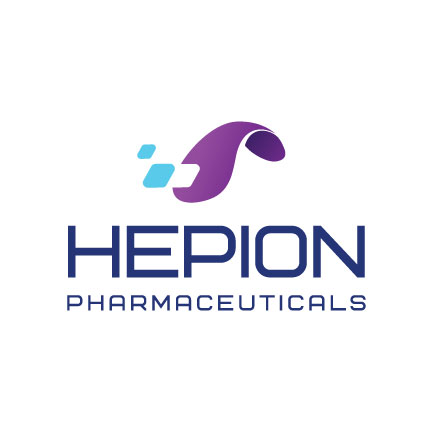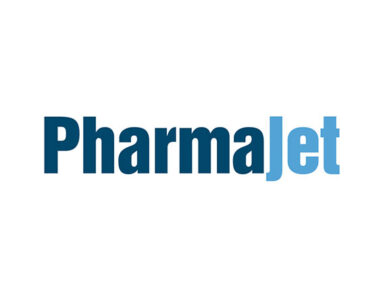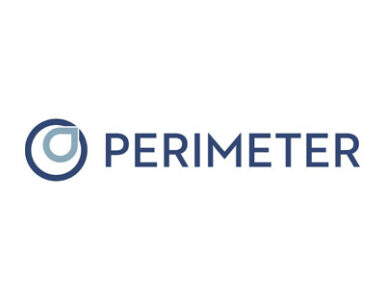
Hepion Pharmaceuticals (NASDAQ:HEPA) reported positive results of a nonclinical research study showing that CRV431 significantly decreased the growth of liver tumors in a mouse model of liver cancer.
In addition, CRV431 was as effective at decreasing tumor burden as an anti-PD1 antibody immune checkpoint inhibitor, PD1 antibody, and produced more beneficial changes in tumor infiltrating cells, compared with anti-PD1 antibody treatment.
The study was conducted by FibroFind of Newcastle in the UK in collaboration with Professor Derek Mann, dean of research and innovation at Newcastle University.
In this study, mouse hepatocellular cancer (HCC) cells (hep53.4 cells) were surgically implanted into livers of recipient mice. In the absence of drug treatment, large tumors developed over a period of 28 days.
Drug treatments began in the treatment groups on Day 14 after HCC hep53.4 cell implantation, when the tumors had reached approximately 15% of their final size. Mice received either once-daily CRV431, administered orally, or a single dose anti-PD1 antibody, administered intraperitoneally. An additional treatment arm examined a CRV431/anti-PD1 antibody combination treatment.
Drug dosing continued for a total of two weeks on days 14 to 28 post-HCC implant and the changes in tumor volumes were measured from the initiation of drug treatment to the end of the experiment.
Treatment with CRV431 or an anti-PD1 antibody each decreased tumor size by 76%, while the CRV431/anti-PDI antibody combination treatment decreased tumor size by 83%, compared with the vehicle treatment (no drug).
Microscopic examination of the tumors showed that CRV431 beneficially doubled the number of tumor-infiltrating CD4 and CD8 lymphocytes. This same finding was observed with anti-PD1 treatment, suggesting that both treatments stimulated immunity against the tumors.
In addition, CRV431 decreased the number of neutrophils in the tumors by 55%, which was not observed with anti-PD1 antibody treatment. Because neutrophil-mediated inflammation frequently promotes tumor growth, CRV431’s demonstrated reduction in neutrophils represents an additional anti-tumor effect.
A marker of cell proliferation also indicated that both CRV431 and the anti-PD1 antibody decreased tumor cell proliferation to similar degrees. These results complement previously published findings of CRV431’s anti-tumor activity in a different HCC model in which liver tumors developed spontaneously in mice with long-term, diabetes-associated, NASH-like disease.
“CRV431 significantly decreased tumor burden in two distinct liver cancer models, suggesting that it exhibits anti-cancer activity across a range of HCC tumor subtypes and mutations,” Daren Ure, Ph.D., Hepion’s CSO, said in a statement.
“It was also very encouraging to see that CRV431 positively altered inflammatory and immune cell populations in the tumors, which is a cornerstone of modern cancer therapy,” he added
FibroFind CEO, Prof Jelena Mann, Ph.D., said the observation that CRV431 brings about a change in the neutrophil component of the tumour is “particularly fascinating given the emerging role of this immune cell in many different cancers.”
Robert Foster, Ph.D., Hepion’s CEO, said there is a constant and urgent need for new drug development to augment surgical interventions, including liver transplantation, when treating patients with HCC.
“The findings from this study bode well for the continued development of CRV431 as a drug candidate for treating liver diseases, including HCC and NASH,” he said, adding that CRV431 targets the liver, and its anti-inflammatory and anti-fibrotic effects have been demonstrated in many liver disease models.
Dr. Foster also said CRV431 recently demonstrated positive changes in ALT and Pro-C3 in a 28-day NASH Phase 2a clinical trial, indicating its anti-inflammatory and antifibrotic effects.
“Having a single drug candidate with demonstrated beneficial activity in both NASH and HCC is quite remarkable and represents an opportunity for Hepion to further explore CRV431’s potential in HCC, while continuing to advance its clinical program in NASH,” he said.






